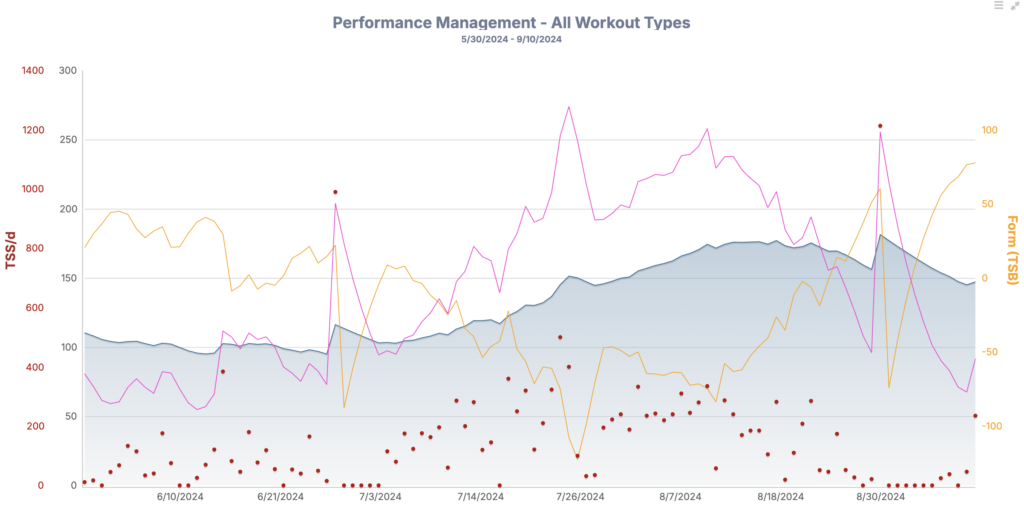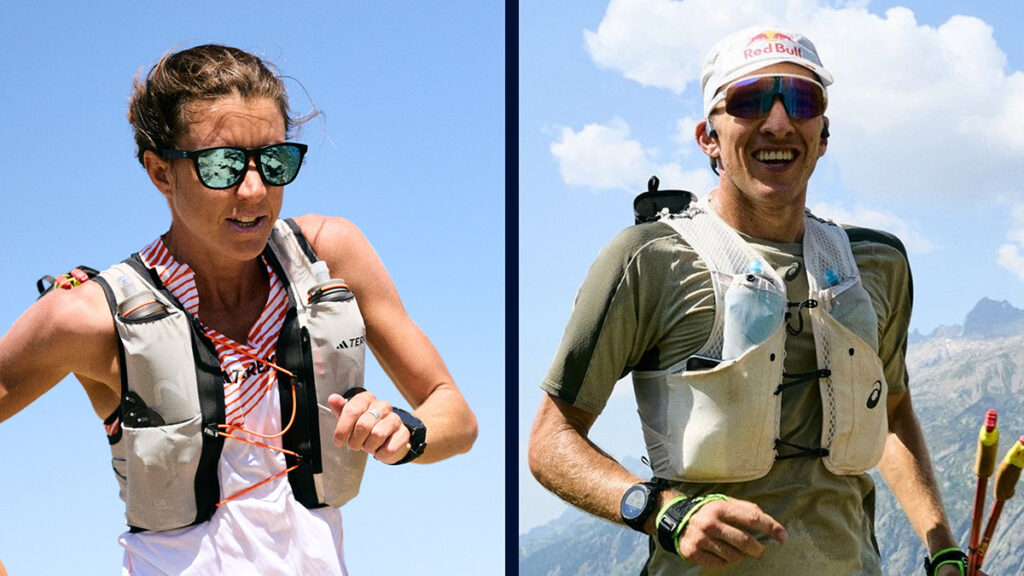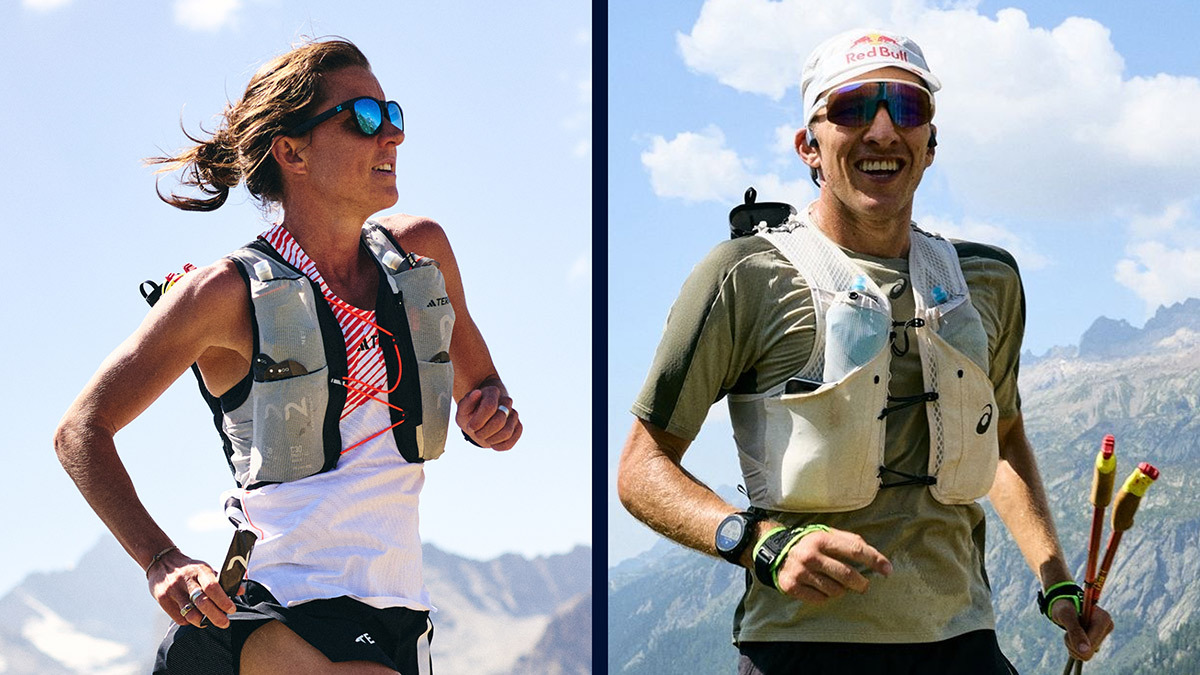人体一级高清图片搜索
Over 170 kilometers. Three international border crossings. Nearly 10,000 meters in elevation gain. This is UTMB, “the most mythical and prestigious trail running race in the world”, hosted each year in the shadows of Mont Blanc in the final weeks of summer.
A few thousand ultrarunners will test both their physical and emotional limits in this year’s 2025 edition, but famed alpine coach Scott Johnston will be focusing on two athletes in particular — ultra champions Ruth Croft and Tom Evans — and whether his simplified approach to endurance training has prepared these world-class runners for victory.
Enduring Mont Blanc
To say that one can adequately prepare for the demands of UTMB almost seems absurd. The 174-kilometer course entails back-to-back nights of little to no sleep to ensure runners make it to the finish line before the 46.5-hour cutoff. Dehydration, blisters, and injury are inevitable. And then there is the 10,000 meters of elevation gain. To put things into perspective, this vertical gain exceeds Mount Everest’s total height — from sea level to summit — by 1,000 meters.
But Johnston — founder of Evoke Endurance and principal author of Training for the Uphill Athlete and Training for the New Alpinism — has an answer to preparing for these extremes called muscular endurance training, a methodology pioneered by famed Russian professor and coach Yuri Verkhoshansky in the latter half of the twentieth century. Verkhoshansky’s studies showed that an athlete’s endurance limit is set not only by their aerobic capacity, but also by their muscular endurance (i.e., one’s ability to exert muscular repetition for propulsion). Increasing an athlete’s muscular endurance, in turn, improves their fatigue resistance, which Johnston says is vital to an endurance athlete’s success.
“Local muscular fatigue is the single biggest determinant of performance in any endurance sport. This is especially true in ultra-long events,” says Johnston. “If the athlete can’t resist fatigue in the propelling muscles, then having a high VO2max is of no consequence. So, improving fatigue resistance in the athlete is the main focus of the event-specific workouts, which all fall under the umbrella of what we call local muscular endurance training.”
The Ins and Outs of Training Elite Runners
Johnston prescribed Ruth and Tom’s UTMB training in TrainingPeaks, an app that enables coaches and athletes to plan, track, and analyze their training. Every week or two, Johnston would schedule workouts to their TrainingPeaks calendars based on their individual progress. While training was personalized, it looked remarkably similar for both Ruth and Tom. Each week generally included:
- 180-200 kilometers total distance
- 10-14 kilometers of vertical gain
- One or two weighted uphills
- One downhill tempo run
- One or two strength sessions
The weighted uphills, which resemble fast-paced hiking, are where Johnston’s muscular endurance (ME) training technique came into play. These interval sessions consisted of Ruth and Tom ascending uphill at a 20% grade with roughly 12 kilograms of water on their backs, totalling 1,000 meters of vertical gain. After dumping the water at the top, they’d practice a speedy descent. Adding resistance to typical endurance sessions, Johnston says, is the simplest way to see the benefits of muscular endurance training.
Johnston’s pro tip: “The load you carry must be heavy enough that the local fatigue in your legs is the limitation, not your breathing. Disregard heart rate in these ME workouts. If your legs are not feeling a low-level burn for the full climb, you’re not getting maximum benefit. It will take some experimentation to find the right weight for you.”
As Ruth and Tom’s UTMB race approached, their total running distance, total vertical gain, and Acute Training Load — a TrainingPeaks metric called “Fatigue” that represents the weighted average of training stress from the past seven days — began to rise. As you can see in the snapshot of Tom’s Performance Management Chart in TrainingPeaks below, the rising blue line leading up to the final days before 2024’s UTMB indicates that his fitness had reached its peak just in time for race day. As an elite coach, it’s Johnston’s job to ensure that Ruth and Tom’s fitness follows a similar spike before this year’s start line on Friday, August 29.

An Individualized Approach
Coach-prescribed workouts, however, are only one piece of the event preparation puzzle.
“In my philosophy,” says Johnston, “the two most elementary things that govern the approach to training are understanding the demands of the event and the qualities of the athlete that prevent them from performing better.”
These qualities can include a wide range of factors, from injury and undertraining to mental preparedness and quality of recovery. So, while Ruth and Tom have had nearly identical training protocols in the lead-up to this year’s UTMB, Johnston still treats them as individuals.

As a former British Army Captain, Tom is known for his strategic, data-minded approach to training. The Red Bull-sponsored ultrarunner has a slew of 100-mile achievements, from winning Western States 100 in 2023 to finishing third at UTMB the year prior. But when he first started working with Johnston in 2021 after a knee surgery, Johnston notes that he approached his training very conservatively leading into UTMB 2022.
“We always start applying training load quite conservatively with any athlete until we have established an understanding of their work capacity,” he says. “I can definitely say that Tom was quite undertrained that year.” This year, we’ll see how well trained he is after welcoming his new daughter into the world with wife Sophie Caldwell, a professional triathlete.
Ruth — who grew up in rural New Zealand, taught English in Asia for nearly half a decade, and is currently studying to be a naturopath — is the epitome of an adventurer and seeker. She’s competed in trail running races in almost every continent in the world, nabbing the first medal for a New Zealand athlete in trail world championship history along the way. This year, Ruth nabbed first place at the Tarawera 100k in February and the MaXi-Race 60k in France at the end of May. She’s known for her speed at a variety of distances, which Johnston sees as a major asset in ultra training.
In fact, Johnston believes that improving speed at the first lactate threshold (i.e., the upper limit of Zone 2) is a key ingredient in ultrarunning success. “Both Ruth and Tom have a high speed reserve, meaning they can run aerobically at a much faster pace than many ultra runners,” says Johnston. “Ruth ran on a scholarship for a Division 1 collegiate program, and Tom has run a 1:03 half marathon and a 13:40 5 km. These high-end speeds allow them a wide range of successes at the ultra running race distances,” he says.
For those who are curious, Tom and Ruth’s “high speed reserve” equates to a pace of 3-minute and 3:15-minute kilometers, respectively — which many of the runners they will compete against at UTMB are nowhere near.

Improving speed — and maintaining it — is only possible when an athlete can better clear lactate. Similar to the Norwegian method of training, Johnston’s workouts for Ruth and Tom keep lactate levels low (between 2.5-3.5 mmol) and volume high. While this approach is common in triathlon training, it is rare for coaches in the trail space to be guiding their athletes using lactate metrics.
Preparing for the Unknown
No one knows what will happen when thousands of athletes are released onto the mountainsides of one of the world’s most awe-inspiring peaks. There will be weather to contend with, blisters to soothe, and sleep to be lost. But what Ruth and Tom have going for them is focused preparation, carefully orchestrated by one of the most sought-after mountain sport coaches in the world. If fatigue resistance really is the key to success in ultrarunning, Johnston has prepared them well.
Taking the Win: Post-Race Update
Johnston indeed prepared Ruth and Tom for victory at UTMB 2025.
- Ruth won the women’s race in 22:56:23. With previous victories in the OCC (55k) and the CCC (100k), she has become the first woman in history to complete the UTMB World Series “Triple Crown”.
- Tom won the men’s race in 19:18:58, becoming the first ever British man to win the UTMB race.










